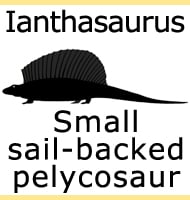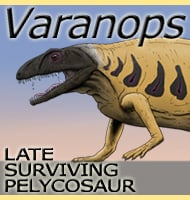Ennatosaurus
In Depth Ennatosaurus is a genus of caseid pelycosaur that in Russia during the later stages of the Permian. These kinds of pelycosaurs are noted for their herbivorous diets and powerful fore limbs which may have been used for digging up plants. The most interesting thing about Ennatosaurus is that when the first remains were … Read more

